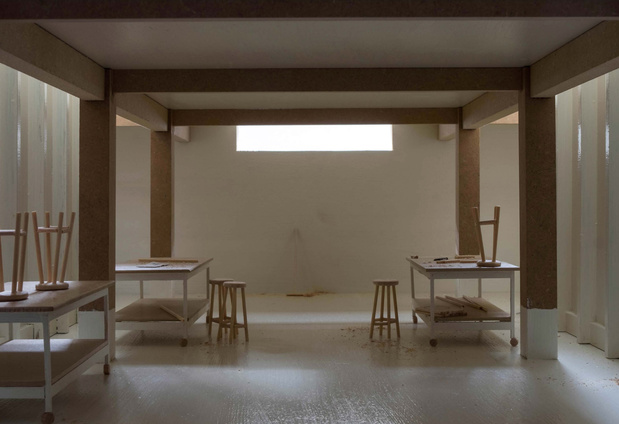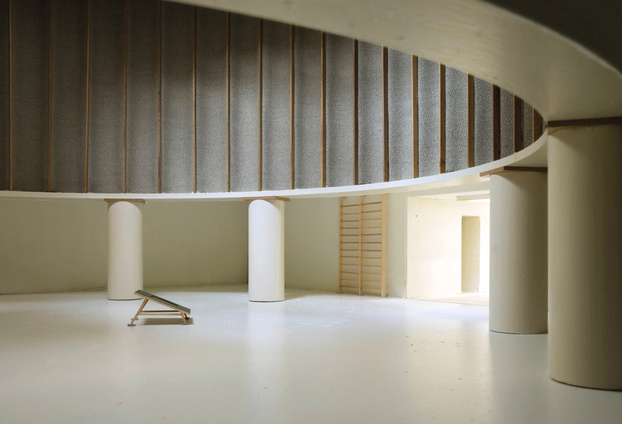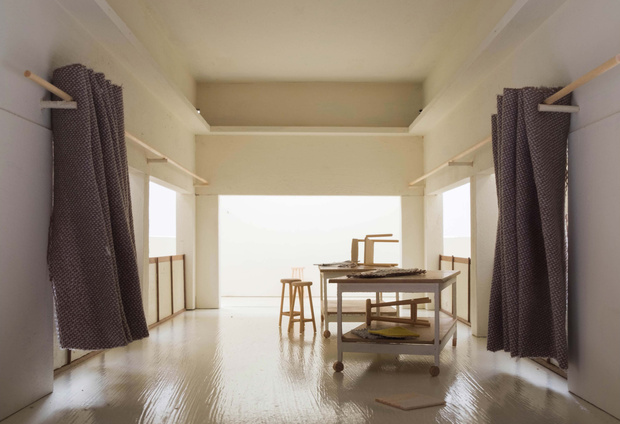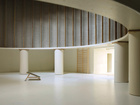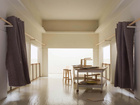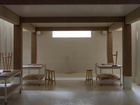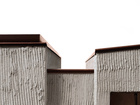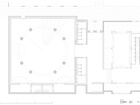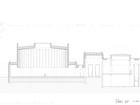Museums and industries are ‘leaving home’, abandoning the buildings that were originally created for them. But what is going to happen to those abandoned buildings? Meet the architect, Jesper Skovby. In his final project he transformed the empty Denmark’s Aquarium in Charlottenlund and invested the building with brand new features, while respecting the special qualities and history of the building.
What is your final project about?
I made a transformation of Denmark’s Aquarium in Charlottenlund. The building has not been put to use since the opening of Den Blå Planet, National Aquarium Denmark in 2013. It is one of the first and only examples of a Functionalist-style institution in Denmark, so the building is valuable in terms of cultural heritage and history.
My first step was to record the special qualities. I then devised a programme proposal. The first part of the Aquarium was built in 1937. Since then it has been expanded several times and in a variety of styles. So part of the task was also to remove the building elements, which were not part of the original building or which were in poor condition.

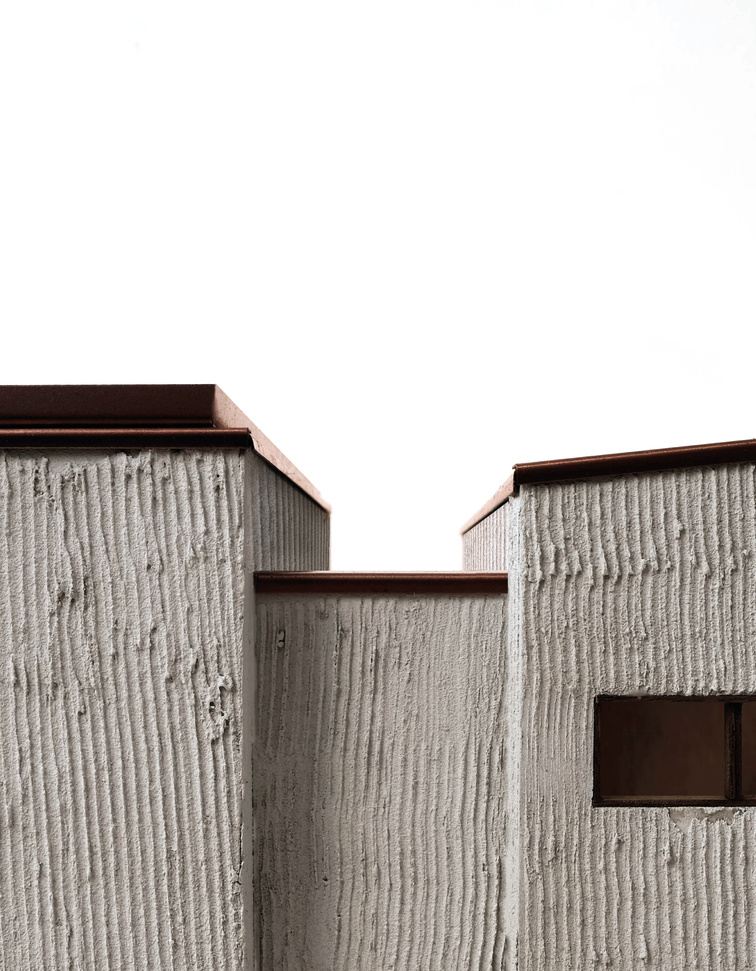
What drew you to this project in particular?
Primarily I wanted to work on a transformation project based on a building whose history required special consideration. The process and complexity inherent in such a task is incredibly fascinating. This includes cultural-historical, architectural and technical understanding and emphasis. What are the qualities of the building and how can I make the very best use of those qualities when re-programming the building for a new function? Then there is the simple matter of sustainable
‘accounting’. By reusing already-existing buildings we save on resources. Denmark’s Aquarium in Charlottenlund was an easy choice. The building had a very distinctive character and an intriguing history to work on.
In what way does your project contribute something new to the area you have been working on?
I attempted to challenge the methodology used when transforming an existing building. To initiate the project I built a scale model section (1:20) of the original exhibition gallery, just as it looks today. On the basis of the model and photographs of the model, I could very accurately document and evaluate lighting conditions, tectonic principles, building proportions, composition and the architect’s overall architectural concept.
I made active use of the model throughout the draught phase. Each time I removed a wall in my drawing, I also removed it in the model. When I made an addition to the drawing, I also did so in the model. That meant I could accurately record spatial changes, and changes to the light, structure, proportions etc.
In what way does your project contribute something new to the area you have been working on?
I attempted to challenge the methodology used when transforming an existing building. To initiate the project I built a scale model section (1:20) of the original exhibition gallery, just as it looks today. On the basis of the model and photographs of the model, I could very accurately document and evaluate lighting conditions, tectonic principles, building proportions, composition and the architect’s overall architectural concept.
I made active use of the model throughout the draught phase. Each time I removed a wall in my drawing, I also removed it in the model. When I made an addition to the drawing, I also did so in the model. That meant I could accurately record spatial changes, and changes to the light, structure, proportions etc.
Where do you imagine your degree project will make a difference?
My final project can hopefully spotlight the possibility of recycling our historic buildings. They often have a story to tell and have social significance, both locally and nationally. The Aquarium in Charlottenlund is a perfect example of this. It surprised me how many people could recount their memories of the place.
I also hope I can raise awareness of how we transform historic buildings: looking at the already-existing qualities and, on the basis of those qualities, starting to design a new solution for the site.
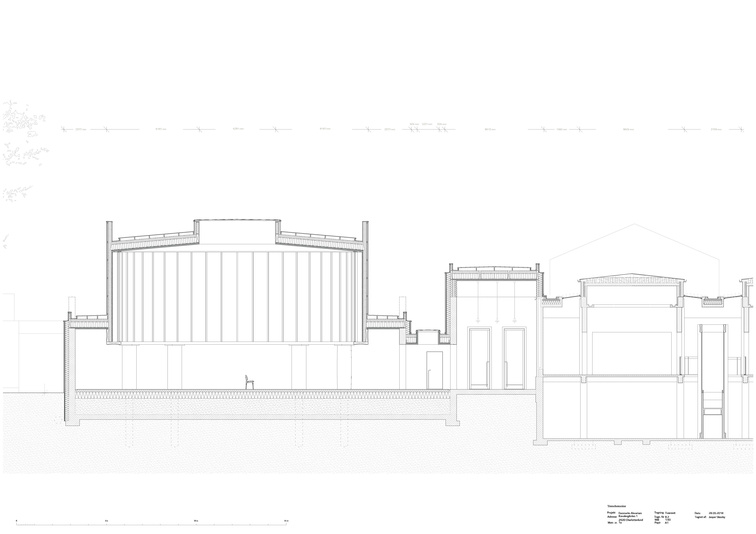
Can you see any development/employment opportunities in your final project? A final project is a great opportunity to show both yourself and other people what you learned during your studies. The final project also enables you to delve into a very specific subject area and take off in a direction you find fascinating and would like to pursue further after graduation.
What do you think is your greatest strength as a KADK Architecture graduate? The greatest strength I have gained from my time at KADK is definitely an ability to see and understand, and then to articulate things in writing, speech and drawing.
During my years at the School of Architecture, there were lectures and courses on everything form historical periods and urban development to totally practical issues and an in-depth understanding of materials. The combination of historical, theoretical and practical insight is amazing, and it recently occurred to me how important this is in order to manoeuvre in, and discuss the subject and its disciplines.
Where do you see yourself career-wise in 5 years’ time?
I definitely see myself working in the industry as a practising architect, preferably in areas that require special consideration of cultural history.


